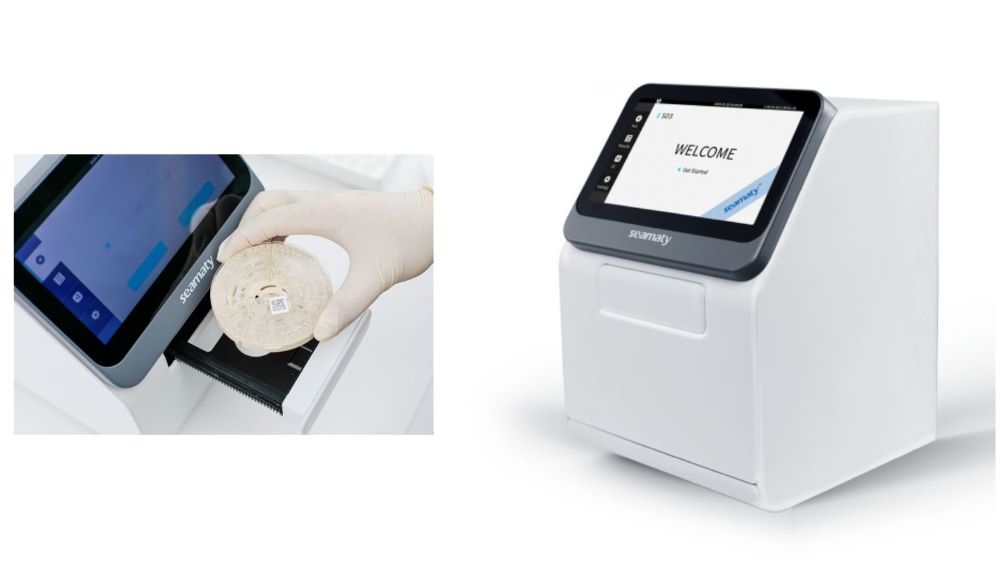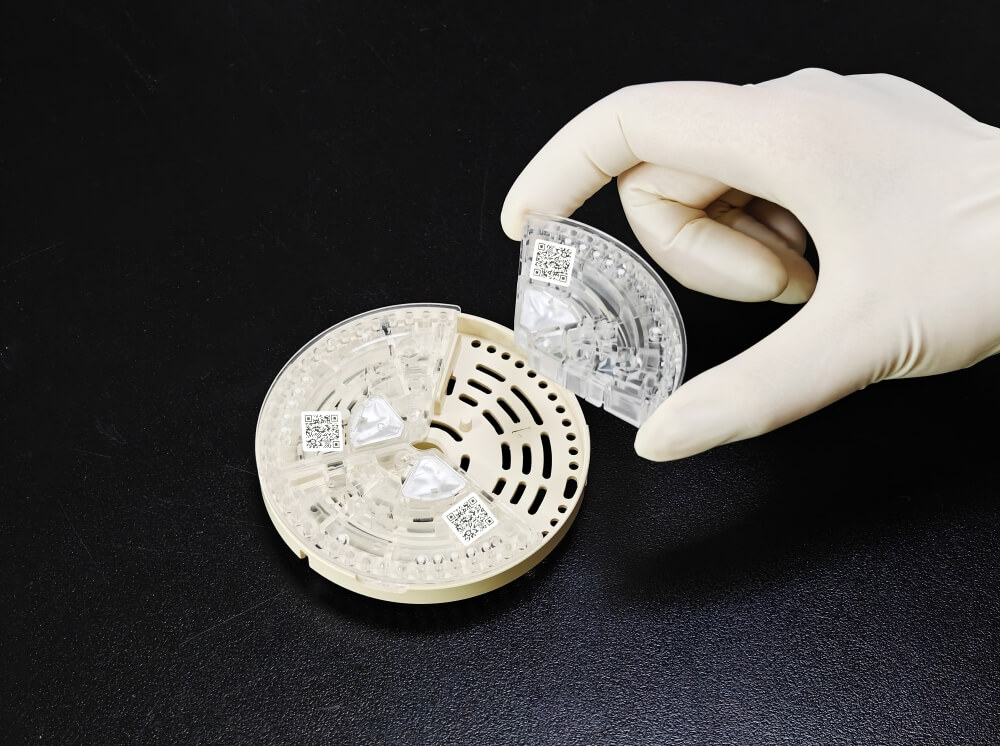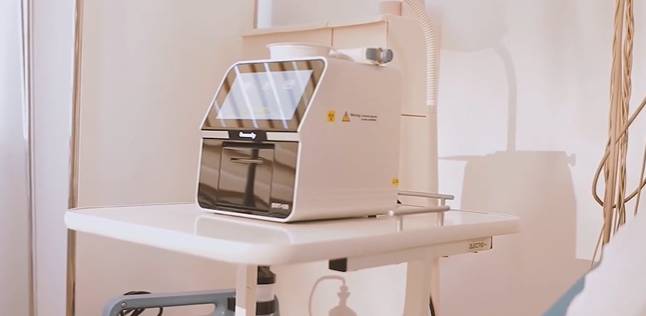release time:2024-06-06 14:33:59
The SD3 Fully Automatic Dry Biochemical Analyzer is a groundbreaking tool in biochemical testing, utilizing advanced microfluidic and dry biochemical analysis technologies. This compact, efficient device streamlines laboratory processes, reduces reagent and sample use, and minimizes contamination risks. In this article, we explore the key technologies and principles that make the SD3 analyzer a state-of-the-art solution for medical, biological, and chemical testing.
Microfluidics involves the science and technology of handling or manipulating tiny amounts of fluids within micrometer-scale channels. This technology is commonly used in biological, chemical, and medical fields. The Seamaty SD3 leverages microfluidic technology to integrate sample preparation, analysis, separation, and detection, which are typically required in a conventional laboratory, onto a small chip. Using detectors and readers based on light, electricity, and heat, it achieves miniaturized, portable, highly accurate, and highly integrated biochemical testing.
Advantages of microfluidic chips include:

Dry biochemical analyzers use pre-prepared dry reagents, making them simpler and quicker to use compared to wet chemistry analyzers. Users only need to add the liquid sample to the dry reagent, which then permeates through several thin layers. After a color reaction, the concentration of the analyte in the sample can be determined.
Since dry biochemical analyzers do not use a piping system, their structure is simpler, and maintenance is easier. They do not require regular pipe cleaning; periodic optical path checks and internal cleaning as needed suffice. When not in use for long periods, dry biochemical analyzers do not need frequent startup and flushing like wet chemistry analyzers. Instead, they should be stored in a dust-free, dry, and cool environment.
The Seamaty SD3 biochemical analyzer's only consumable is the reagent disk. These disk-type reagent disks contain lyophilized reagent beads, diluent, and built-in centrifugation, supporting whole blood testing. They can be stored at 2-8°C for up to a year. A unique feature of the SD3 reagent disk is its fan shape, unlike the typical round reagent disks. Three fan-shaped reagent disks can be combined to form a circular disk, allowing the simultaneous testing of three samples. This design significantly enhances detection efficiency and reduces reagent waste.

The SD3 Fully Automatic Dry Biochemical Analyzer excels in modern biochemical testing with its microfluidic technology, dry biochemical analysis, and innovative fan-shaped reagent disk. These features enable high throughput, minimal reagent and sample consumption, and simplified maintenance, making the SD3 a highly efficient and versatile tool for a variety of applications.

2022-01-13
1.Pet Care Tips:Dogs' happiness, anger sadness and lonely .When happy, will be jumping constantly, with front legs on the ground or tail wagging vigorously from side to side, ears wiggling back.

2021-12-27
Because their treatment is fairly simple and relatively straightforward. But many pet owners don't know this. If left untreated and allowed to develop, these infections can cause health problems. If they do not increase in mobility or weight, they can lead to a risk of zoonosis.

2021-09-14
Last time we introduced the 6 disadvantages of POCT test and the solutions. Now let's understand the remaining 3 disadvantages together.